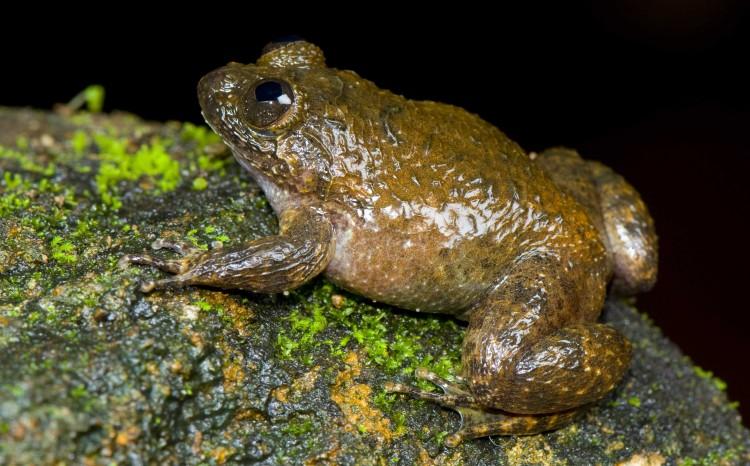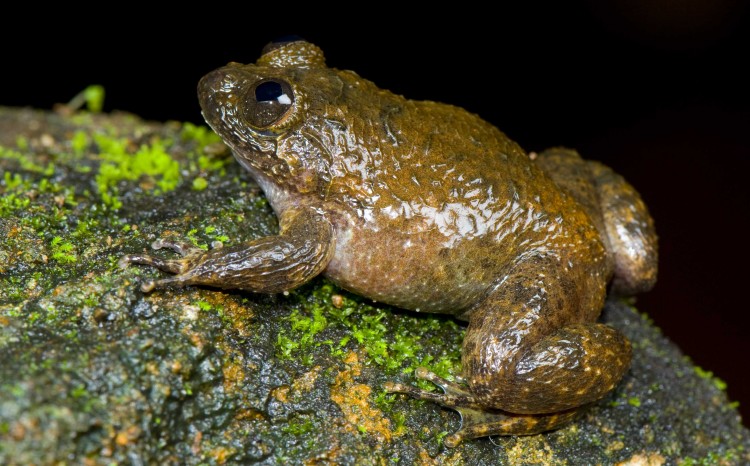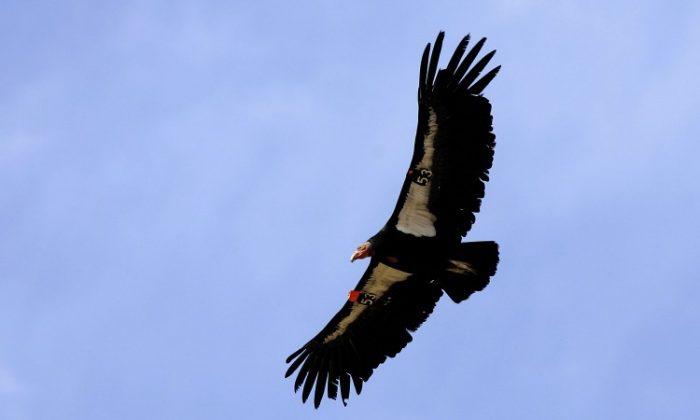Frogs that croak like cats are among the 12 new species of amphibians discovered following a 20-year exploration of the forests of Western Ghats, India.
The study, headed by Sathyabhama Das Biju at the University of Delhi, also led to the rediscovery of three species of frogs previously considered extinct.
The frogs all belong to the night frog genus of Nyctibatrachus. The creatures are difficult detect, as they only come out when it is dark during India’s monsoon season.
Two of the re-found species, the Kempholey Night Frog (N. kempholeyensis) and the Forest Night Frog (N. sylvaticus), had not been sighted since they were reported 75 years ago. The third species, the Coorg Night Frog (N. sanctipalustris), was last spotted over 90 years ago.
New species include the meowing night frog, N. poocha, whose croak sounds like a cat’s meow, and the Wayanad night frog, which grows to the size of a baseball.
“It’s almost like a monster in the forest floor, a huge animal for a frog, leaping from one rock to another,” Biju told the Associated Press.
The team hopes that the findings spark conservation efforts in India aimed toward these amphibians.
“Unfortunately in India, conservation has basically focused on the two most charismatic animals—the elephant and the tiger,” Biju added. “For amphibians there is little interest, little funding, and frog research is not easy.”
Frogs can act as environmental gauges for research purposes. “They indicate the state of environmental health,” Biju told the Press Trust of India. “Their conservation is extremely vital not only from amphibians point of view but also from the perspective of overall nature conservation.”
Biju noted that about one-third of the world’s known amphibian species are facing extinction.
“The major threat is massive habitat loss,” he added. “Taking any conservation effort for amphibians will indirectly conserve several other important biodiversities of that area.”
The findings are detailed in the Sept. 15 issue of Zootaxa.
A Dozen New Croakers Discovered in India
Frogs that croak like cats are among the 12 new species of amphibians discovered following a 20-year exploration of the forests of Western Ghats, India.
By Ginger Chan
9/20/2011
Updated: 10/1/2015






Friends Read Free